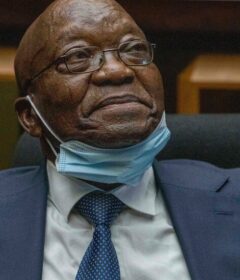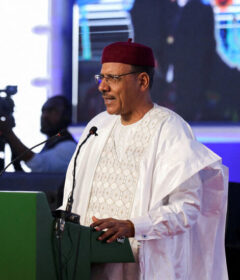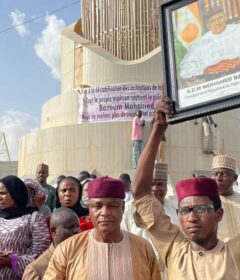The Challenge of Keeping Somaliland's Heritage Identity
It is safe to say the ancient pastoralists who created this exquisite rock art thousands of years ago did not envision its use by a breakaway region of Somalia to campaign for international recognition as an independent state. Yet their works have been drawn into a heated debate among politicians, archaeologists and others over the place of ancient heritage in arguing for the separation of Somaliland, a semiautonomous region of Somalia that has had its own military, currency and flag for 30 years — a very short while, in the grand scheme of things. Somaliland’s government has vigorously sought recognition through diplomacy but has failed — except recently with another recognition seeker, Taiwan. A recent flurry of diplomatic effort across Africa began in Kenya, where Somaliland’s president won a promise of a consulate and direct flights by March, but no explicit acknowledgment of his region’s independence. At Laas Geel, newly graduated government-supported tour guides see it as part of their mission to rectify what one called “the great misunderstanding”: that Somaliland and Somalia are the same. Few experts doubt that a site such as Laas Geel already would have been a UNESCO World Heritage Site if not for the political sensitivities. “Everyone agrees it is worthy,” said Jama Musse Jama, who runs the Hargeisa Cultural Center in Somaliland’s capital and convenes an annual book fair that drew nearly 10,000 attendees in 2019. He has received funding to digitize heritage items ranging from 1,000-year-old manuscripts to molding cassette tapes from the 1960s and ′70s, and to create three-dimensional mapping of Laas Geel.
Source: Read Full Article


